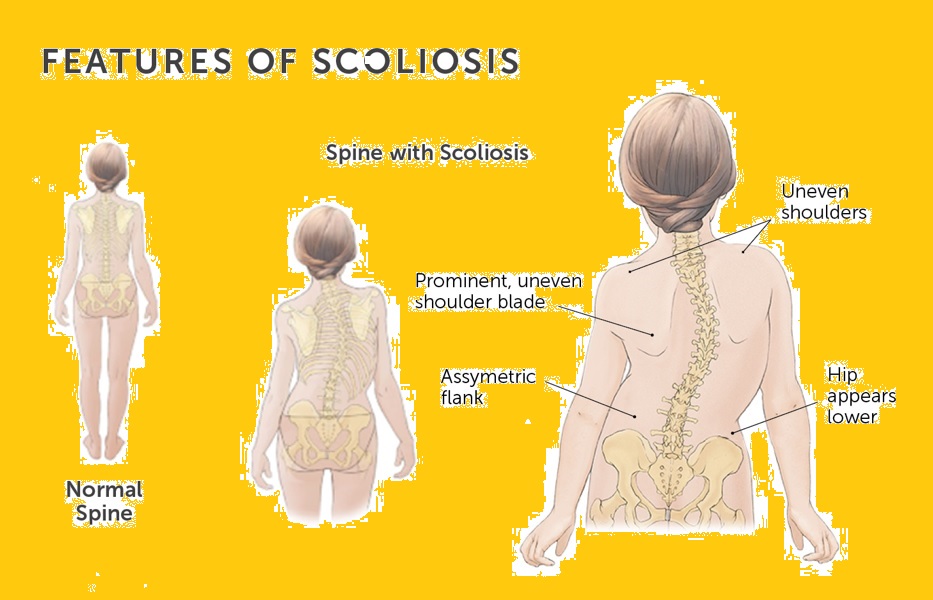Color blindness occurs when problems with the color-sensing pigments in the eye cause a difficulty or inability to distinguish colors. The majority of people who are colorblind can’t distinguish between red and green. Distinguishing yellows and blues may also be problematic, although this form of color blindness is less common.
The condition ranges from mild to severe. If you’re completely colorblind, which is a condition known as achromatopsia, you see only in gray or black and white. However, this condition is very rare. Most people with color blindness see the following colors in color charts rather than the reds, greens, and teals that others see:
Color blindness is more common in men. Women are more likely to carry the defective chromosome responsible for passing on color blindness, but men are more likely to inherit the condition.

Symptoms:
The most common symptom of color blindness is a change in your vision. For example, it may be difficult to distinguish between the red and green traffic light. Colors may seem less bright than before. Different shades of a color may all look the same.
Color blindness is often apparent at a young age when children are learning their colors. In some people, the problem goes undetected because they’ve learned to associate specific colors with certain objects. For example, they know that grass is green, so they call the color they see green. If symptoms are very mild, a person may not realize that they don’t see certain colors.
You should consult your doctor(ophthalmologist) you suspect you or your child is colorblind. They’ll be able to confirm the diagnosis and rule out other more serious health issues.
Types:
There are three main types of color blindness. In one type, the person has trouble telling the difference between red and green. In another type, the person has difficulty telling yellow and blue apart. The third type is called achromatopsia. A person with this form can’t perceive any colors at all and everything appears gray or black and white. Achromatopsia is the least common form of color blindness.Color blindness can either be inherited or acquired.
- Inherited Color Blindness
Inherited color blindness is more common. It’s due to a genetic defect. This means that the condition passes down through the family. Someone who has close family members who are colorblind is more likely to have the condition as well.
Acquired color blindness develops later in life and can affect men and women equally. Diseases that damage the optic nerve or the retina of the eye can cause acquired color blindness. For that reason, you should alert your doctor if your color vision changes. It might indicate a more serious underlying issue.
Causes of color Blindness:
The eye contains nerve cells called cones that enable the retina, a light-sensitive layer of tissue in the back of your eye, to see colors. Three different kinds of cones absorb various wavelengths of light, and each kind of cone reacts to a different color. Each cone reacts to red, green, or blue. It sends information to the brain to distinguish colors. If one or more of these cones in your retina is damaged or isn’t present, you’ll have difficulty seeing colors properly.
Heredity
The majority of color vision deficiency is inherited. It typically passes from mother to son. Inherited color blindness doesn’t cause blindness or other vision loss.
Diseases
You can also have the condition as a result of disease or injury to your retina.
With glaucoma, the internal pressure of the eye, or the intraocular pressure, is too high. The pressure damages the optic nerve, which carries signals from the eye to the brain so that you can see. As a result, your ability to distinguish colors may diminish.
Macular degeneration and diabetic retinopathy cause damage to the retina, which is where the cones are located. This causes color blindness. In some cases, it causes blindness.
If you have a cataract, the lens of your eye gradually changes from transparent to opaque. Your color vision may dim as a result.
Other diseases that can affect vision include:
- diabetes
- Parkinson’s disease
- Alzheimer’s disease
- multiple sclerosis
Medications
Certain medications can cause changes in color vision. These include the antipsychotic medications chlorpromazine (Thorazine) and thioridazine (Mellaril).
The antibiotic ethambutol (Myambutol), which treats tuberculosis, may cause optic nerve problems and difficulty seeing some colors.
Treatments:
If color blindness occurs as the result of illness or injury, treating the underlying cause may help to improve color detection.
However, there’s no cure for inherited color blindness. Your eye doctor may prescribe tinted glasses or contact lenses that can assist in distinguishing colors.
People who are colorblind often consciously apply certain techniques or use specific tools to make life easier. For example, memorizing the order of the lights from top to bottom on a traffic light removes the need to distinguish its colors. Labeling clothing can assist in matching colors properly. Some software applications transform computer colors into those that colorblind people can see.
If you have inherited color blindness, it’s a lifelong challenge. While it may limit prospects for certain jobs, such as working as an electrician who must tell the difference between color-coded wires, most people find ways to adapt to the condition.








